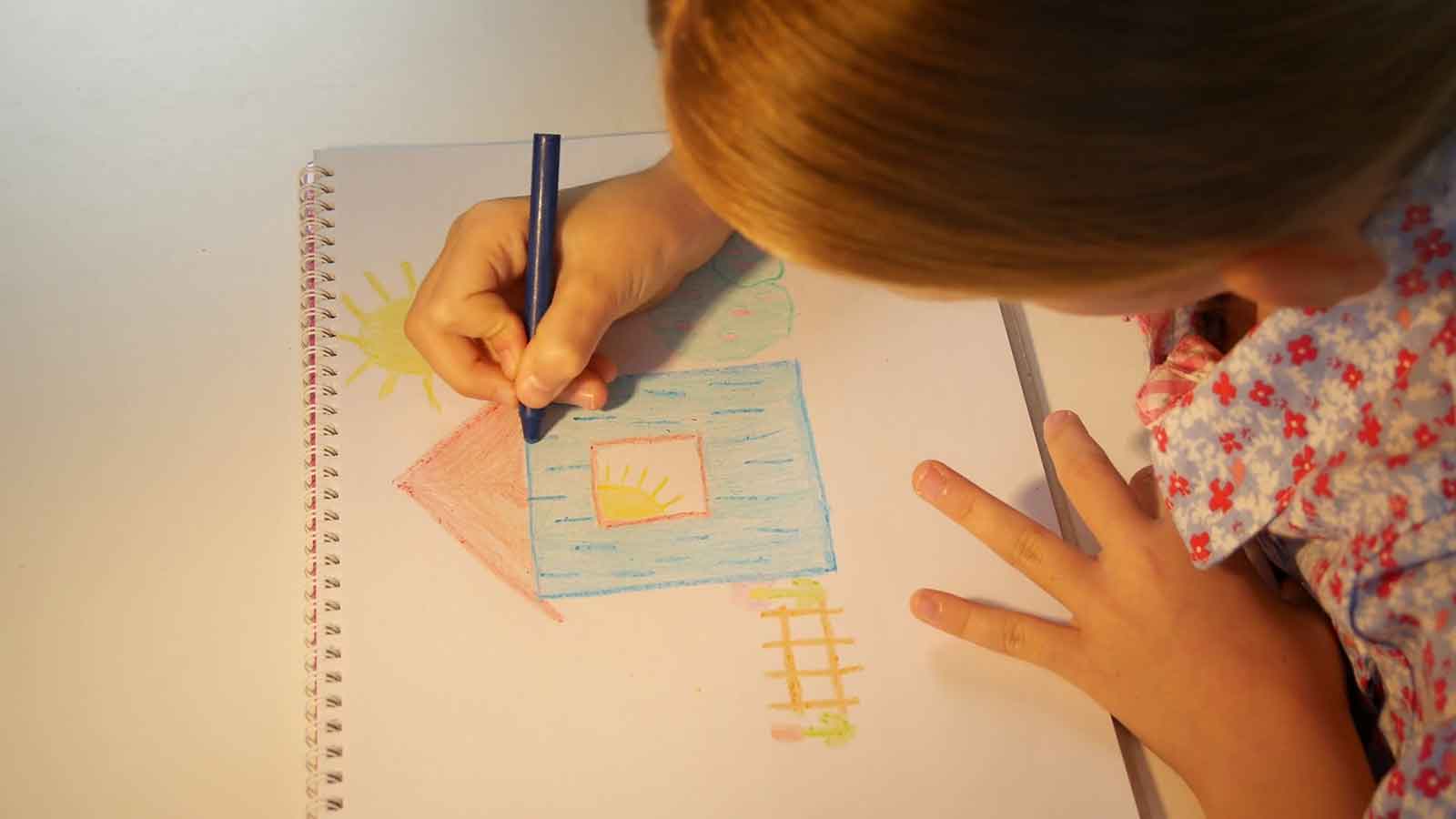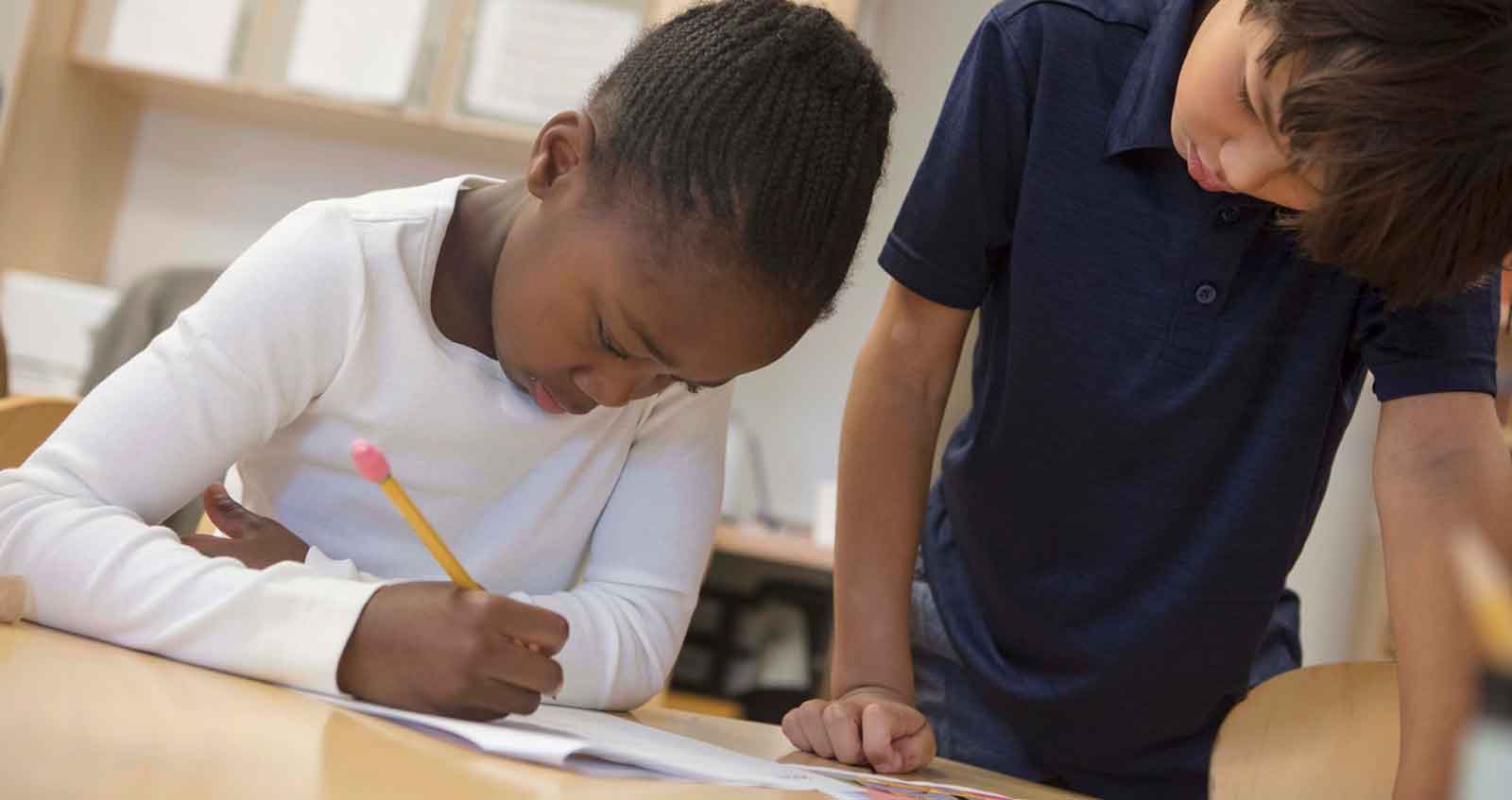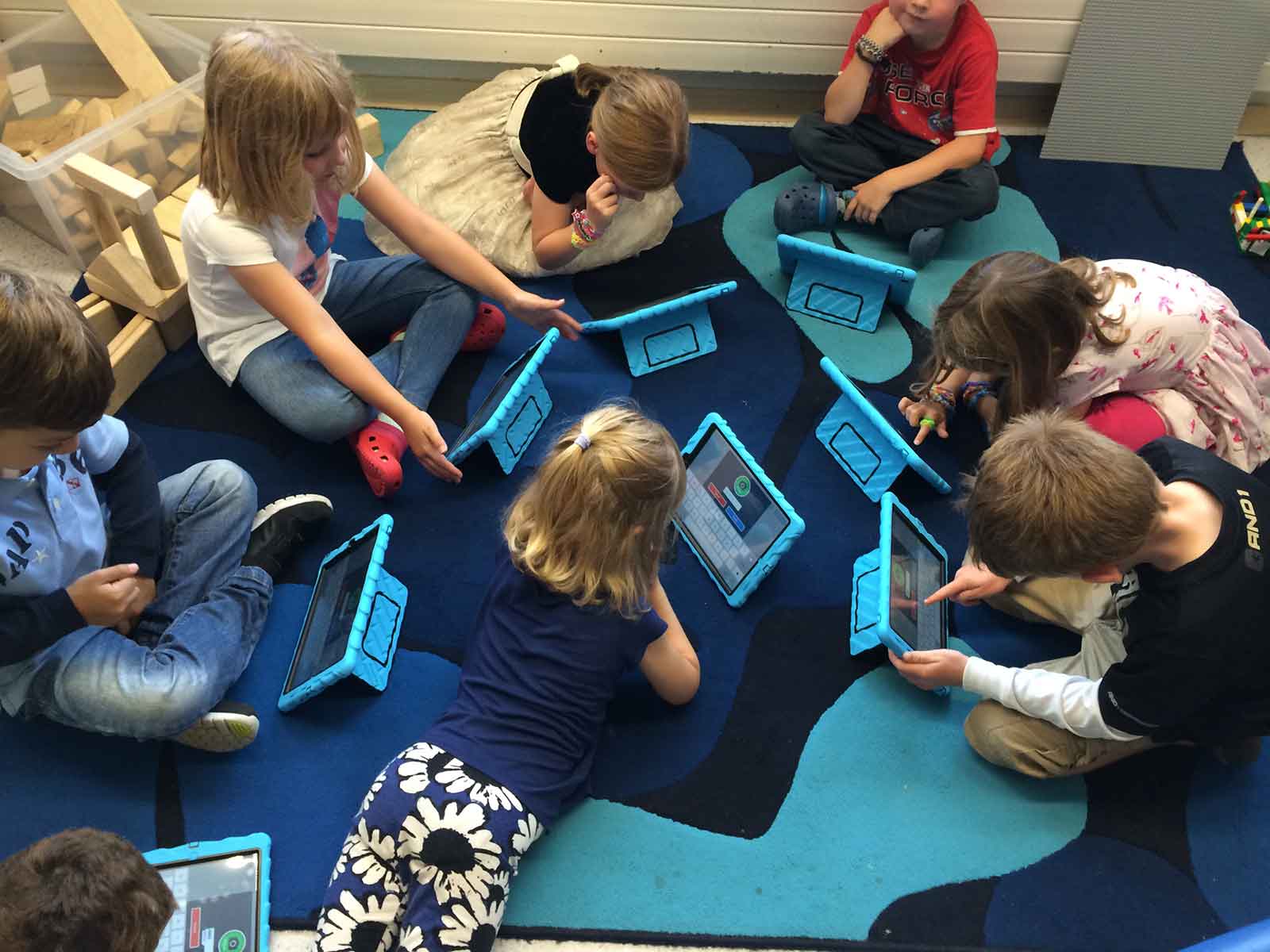Moving beyond the textbook and the benefits of tailored learning
Website Editor • February 26, 2020
The advances in technology have shaped the world in which we live and changed almost every aspect of our lives. This includes the way our children learn and find out more about everything that surrounds them.

While regular books have a role, we need to be aware that digital books and other types of digital content may have a much bigger impact. The best part about learning with the help of technology is that information is available at any moment of the day and can be tailored according to the needs, interests, and talents of each student. Unlike traditional methods of learning, which treat all students the same, technology allows the teachers to shape the learning process in a way that enables them to get the most from each student. Here are some other amazing benefits of using digital textbooks instead of the traditional ones.
When it comes to children, we all know how heavy a backpack can become when carrying all sorts of textbooks. Not to mention that they require physical storage space. Digital books can solve both of these problems, taking the heavy weight off the children’s backs and leading to more relaxed and less crowded classrooms. Digital content ends up being so appreciated, especially among younger students, not just because it is interesting but also because it is interactive. It is easier for students to get engaged and have their attention grabbed. As a result they are more willing to invest effort and attention in the learning process. With the help of a small device, learning can take place anywhere and anytime these days. Whether one is at home, traveling or commuting, digital books need just a button press to become available. The effort is minimal while the satisfaction is great.
New Paragraph
Articles

The United Nations has described the disruption to education caused by the pandemic as ‘unparalleled’. At the virus’ worldwide peak in April, it is estimated that over 90% of all enrolled learners, from kindergarten to bachelors and beyond, had their education affected by school closures and the pandemic (UNESCO). For many university students and older children, they have had to adapt quickly to online learning. They can keep in touch with their peers and teachers online and continue their studies, albeit in a highly modified way. As challenging as this may be, this experience will help equip them for a future that is increasingly online. For parents of younger children, they are assuming a new role: their child’s home school teacher. This is in addition to their usual childcare and household duties, their work responsibilities and often emotional and financial worries caused by the pandemic. Stressful? Yes. The good, and somewhat surprising, news? The experts advise that you don’t teach your children - at least not in the way you might expect.

If the recent outbreak of Covid-19 has taught us anything, it's that many adults do not wash their hands effectively. It has never been more important that we support our children to develop good personal hygiene to keep themselves and our families safe. This seemingly easy task can be very difficult for children with fine motor skill difficulties. In this article, we explore some ideas to support your child with hand washing.

Lockdown has brought the digital future into the now. Online shopping, entertainment, education and more have moved from the periphery to the mainstream to, in many cases, the only option. With the necessity of social distancing looking to continue for many months, it appears that this rapid digital revolution is here to stay. This means that life as we know it, in most of its sectors, has changed forever. In order to survive, businesses are having to adapt rapidly, embrace technology and look to the future. Architecture is no exception. There has been a widespread adoption of technology and VR over the past few months in response to the lockdown across all of society. Elderly grandparents who were once resistant to adopt new technologies talk of “Zooming” and have started video chatting with their family members to combat loneliness. Art galleries that were once considered stuffy or pretentious are now pioneers in VR technology, with Google Art & Culture offering tours of London’s National Gallery or the Musee D’Orsay in Paris. These virtual tours deliver art in a dynamic new way that can be far more engaging than regular photos. Critics have applauded the panoramic and immersive views of gallery building and exhibitions which work well for rendering of 2 dimensional art, however impressions of sculpture is somewhat lacklustre. With VR technology, users can enjoy a truly immersive experience in the comforts, and safety, of their own home. The COVID-19 pandemic has served as an accelerant for the arts and entertainment industries to embrace VR.





